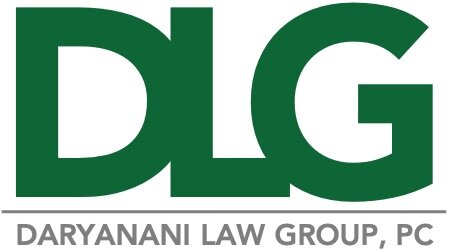Since April 4, 2025, international students in the United States on valid F-1 student visas have reported receiving notice that their SEVIS (“Student and Exchange Visitor Information System”) records had been terminated and their F-1 visas revoked—effectively leaving them without lawful status. According to The Guardian, students from more than 50 universities shared that their visas were canceled around April 4 with many noting they had never been charged with any criminal offenses. These reports follow a series of alarming developments involving the detention of foreign national students for their participation in pro-Palestine activities and the Department of State’s confirmation that over 300 student visas had been revoked. Secretary of State Marco Rubio cited national interest and students’ criminal records as the basis for these actions.
Read moreVisa Options for Study in the US
The United States is one of the most popular places for foreign nationals to come to study. In the 2015 to 2016 academic year, over one million international students came to the US! Although numbers have dropped since President Trump was elected, and there are reports of foreign nationals reconsidering higher education in the US in light of the anti-immigrant rhetoric and atmosphere, many foreign nationals will still come to the US to study at our highly respected educational institutions. As I’ve written before, it’s not uncommon for certain foreign students to move onto work visas once they have completed their studies. In this post, however, we wanted to examine how exactly foreign nationals come to the US as students, and some general issues that foreign students face, including employment while in school and visas for their dependents. It may surprise some readers that there is not just one visa option for students. In fact, there are three different routes for students: F-1, M-1, and J-1. Each visa has its own set of rules concerning how it can be used and what benefits (and potential detriments) may follow.
Read more